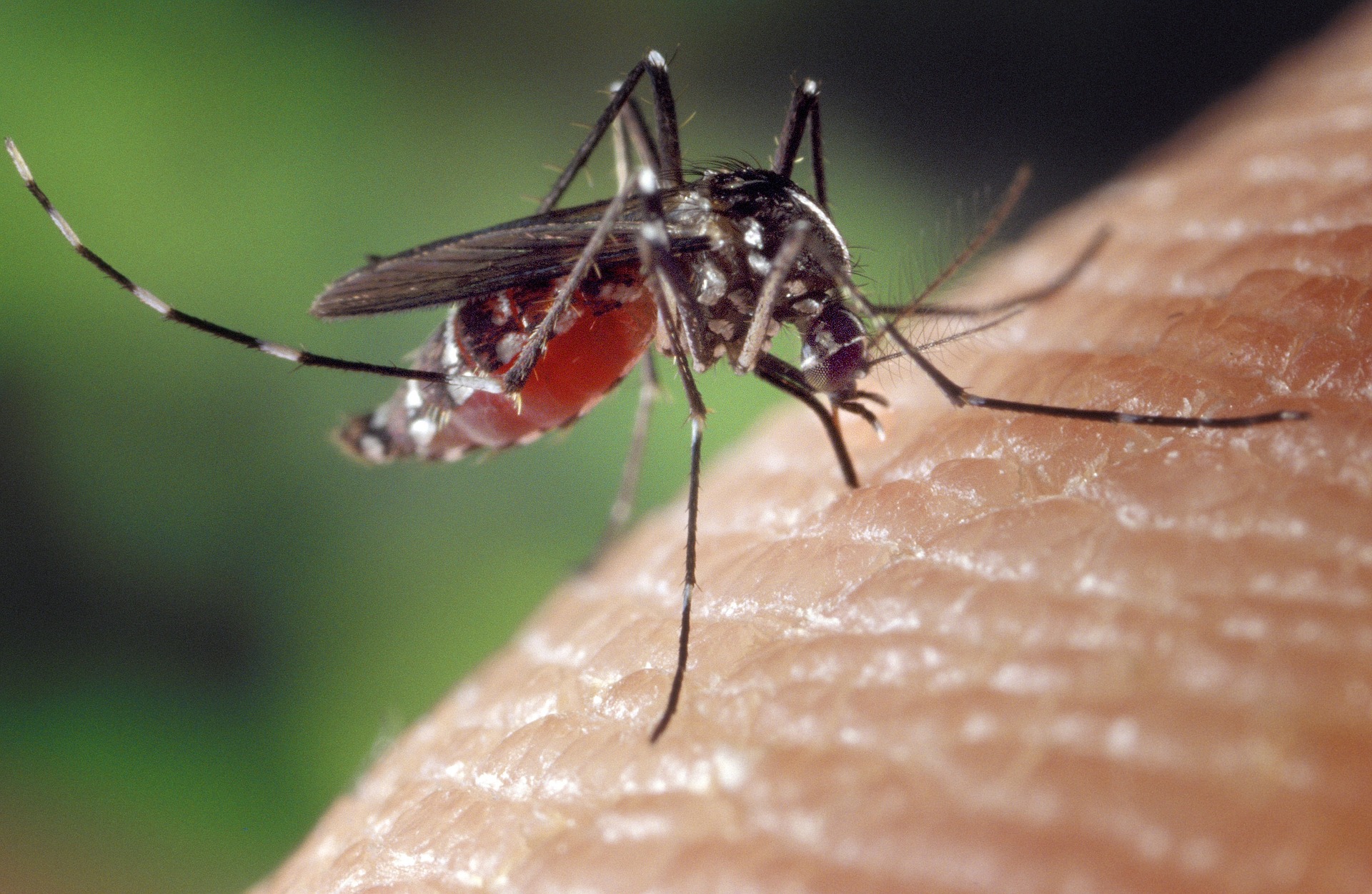Please check the information entered!
- Please check the information entered
A log-in email has been sent to your email address
Forgot password? Reset password
According to the World Mosquito Program*, nearly 700 million people contract mosquito-borne illnesses each year, causing more than one million deaths.
In the battle to eradicate disease-carrying mosquitoes, scientists at the Germany's University of Bremen have developed a way of knowing when and where the biting females are present – and it’s based on the insects’ hearing apparatus.
Mosquitoes don’t have ears in the traditional sense. Instead, they have antennae that are covered in feathery hairs. These hairs vibrate when they are struck by sound waves, sending signals down thousands of nerve cells to the insects' brains. Mosquitoes also use this hearing system to determine when other mosquitoes are nearby.
Mosquitoes emit sound waves when other mosquitoes are nearby. These waves are distorted by the other mosquito’s rapidly flapping wings and reflected back to the first mosquito. The insect then uses its feathery antennae to not only hear the reflected sound waves, but also, rather amazingly, to determine the sex and species of the other mosquito too.

Image credit: FotoshopTofs from Pixabay
Now, scientists at the Germany's University of Bremen, led by Dr Tim Ziemer, have developed a microphone-based device that is directly inspired by mosquito antennae. It first emits sound waves, then utilises a combination of speech recognition technology and machine learning algorithms to analyse the received reflections.
Like a mosquito, the tech is able to determine both the sex and species of nearby flying mosquitos, allowing it to identify biting females. In addition, the device's antenna-like structure means it is better than conventional audio processing techniques at filtering out background noise.
Ultimately, the scientists hope that once the device has been developed further it could be deployed in the field to help identify disease-carrying mosquitos, which can then be selectively targeted with pesticides.
The scientists’ research was presented online at the 179th Meeting of the Acoustical Society of America** between December 9 and 11.
* https://www.worldmosquitoprogram.org/en/learn/mosquito-borne-diseases
** https://acoustics.org/